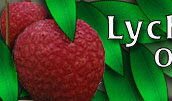Flowering in Lychee Trees
By Krystal Folino and Bill Mee
PART 4: LYCHEE FLOWER TYPES AND ANATOMY
Flower Types and Anatomy:
There are three types of flowers of varying distinct sexual forms occurring in lychees. They all form on the same panicle and mature at different times over a two to six week period on most cultivars. Plants that have flowers of both sexes occurring on the same plant are referred to as heterogamous. The ratio of different flower types varies among cultivars and can affect the amount of fruit setting during a season.
The three stages of development are as follows:
-
Male flowers open and release viable pollen
-
Hermaphrodite females flowers open which set fruit if pollinated
-
Male hermaphrodite flowers open and shed viable pollen.
An hermaphrodite flower is one having both male and female parts in the same flower.
The male and male hermaphrodite flowers produce the pollen that fertilizes the females, although the male flowers in the third stage are most responsible for fertilization as the anthers of these flowers tend to shed the most viable pollen. Julia Morton's book Fruits of Warm Climates, suggests that non-viable or damaged pollen may result in abortive seeds. The resulting seed is small and shriveled and often referred to as a "chicken tongue seed".
Lychee Flower Types:
Male flowers:
Male flowers usually have 7 - 9 stamen filaments connecting to the base. The pollen bearing anthers are attached to these long filaments. An example is shown in Figure 2a,b,c. When the pollen is ripe the anthers turn yellow and break open to release the pollen to fertilize the female flowers. Each anther may produce several thousand grains of pollen. When the pollen comes into contact with the stigmatic surface of the female flower the pollen germinates and forms a tube which penetrates into the stigma and then the ovary.
Lychee flowers open primarily during the daytime from 8 am to 4 pm
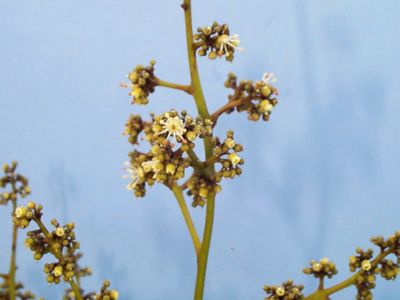
Figure 2a: Male Mauritius Flowers in Full Bloom with Ripe Pollen.
Photo Courtesy of Ian Maguire - Tropical Fruit Photography
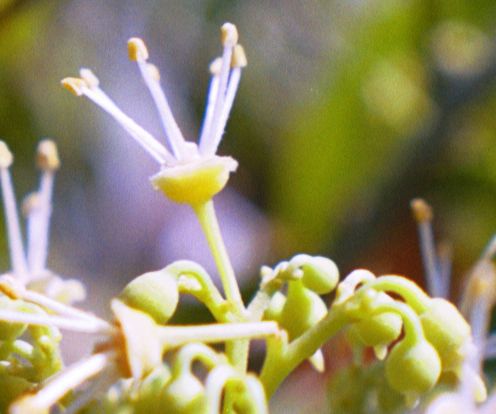
Figure 2b: Male No Mai Tze Flowers with Ripe Pollen and Unopened Females.
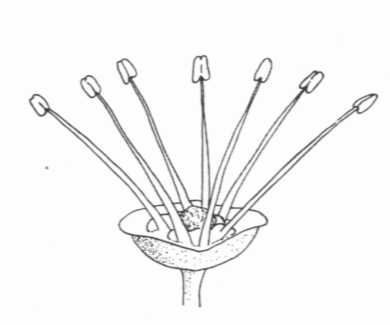
Figure 2c: Detailed Diagram of a Male Flower
Diagram Courtesy of Agrilink:
Department of Primary Industries, Queensland
Horticulture Institute
Hermaphrodite Female Flowers:
Figure 3a,b,c,d shows fully developed hermaphrodite female flowers with three distinctly differentiated well developed female parts: ovary, style and stigma. You will note the two distinct atria on most of the female ovaries. The female flower also has stamen with pollen sacs that never open to release pollen and degenerate. Female flowers usually open in the earlier morning from 7 - 8 am and again in the afternoon between 2 - 5 pm. The stigmatic surfaces are stickiest and most receptive immediately after they open.
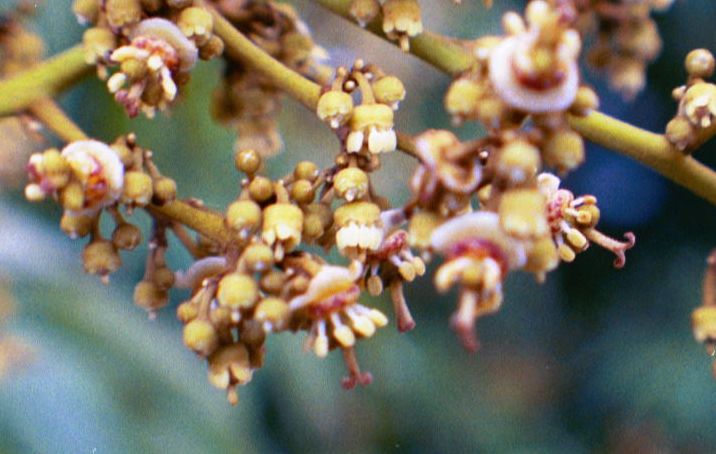
Figure 3a: Fully Developed Hermaphrodite Female Flowers - Note the Fully Developed Anthers, Stigma and Style
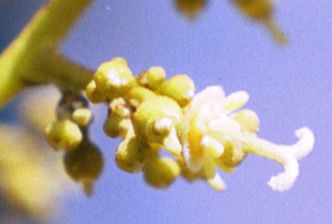
Figure 3b: Fully Developed Hermaphrodite Female Just Opened Flower on the Sweetheart Variety - Note the
Ovaries and Receptive Stigmatic Surface. Flower has Probably Not Been Pollinated
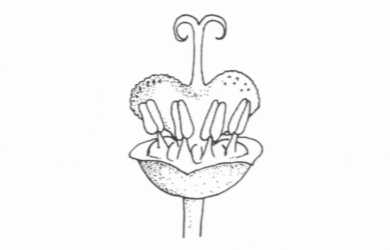
Figure 3c: Female Flower Diagram Showing the Distinctive Parts: Stigma, Style, Ovary and Pllen Bearing Anthers
Diagram Courtesy of Agrilink:
Department of Primary Industries, Queensland
Horticulture Institute
Hermaphrodite Male Flowers:
Hermaphrodite male flowers have degenerated pistils (the receptive female part that has a stigmatic surface that receives pollen) with undeveloped ovaries and no stigma on their styles. These cannot form fruits. An example of this type of male flower is shown in Figure 4. You will note that the male flower to the left and right of the already fertilized female flower at the top of the photo clearly display the degenerated pistils and undeveloped ovaries.
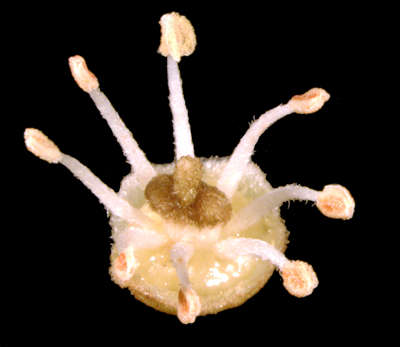
Figure 4a: Hermaphrodite Mauritius Male Flowers with Ripe Pollen - Note the Vestigial Ovary in the Center of the Stamen.
Photo Courtesy of Ian Maguire - Tropical Fruit Photography
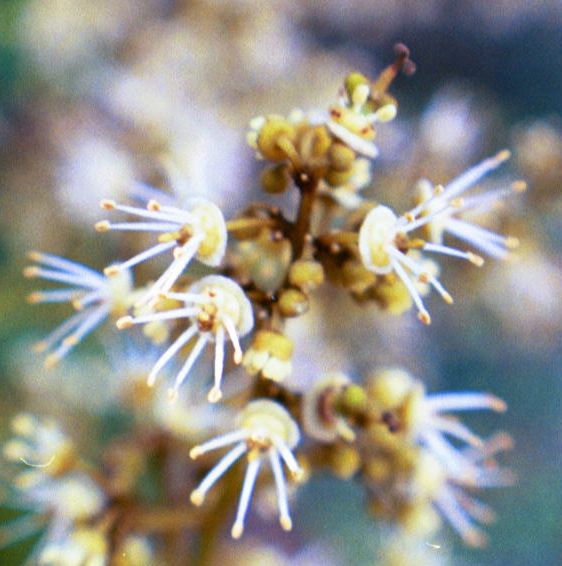
Figure 4b: Hermaphrodite Brewster Male Flowers with Ripe Pollen - Note the Degenerated Ovary of the Male Flower in the Upper Right Hand Right Side
- Note Also the Pollinated Female on Top Whose Stigma is Degenerating
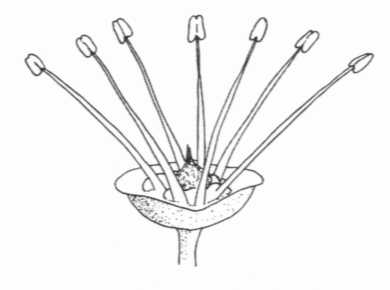
Figure 4c: Hermaphrodite Flower Diagram Showing the Distinctive Parts: Stigma, Style, Ovary and Pllen Bearing Anthers
Diagram Courtesy of Agrilink:
Department of Primary Industries, Queensland
Horticulture Institute
Go to Next Chapter - Part 5: Flower Pollination »
«Return to Previous Chapter - Part 3: Flower Panicle Formation
|
|
|
Copyright © 1999-2010 Lychees Online
info@lycheesonline.com www.lycheesonline.com (954)648-6020
|
